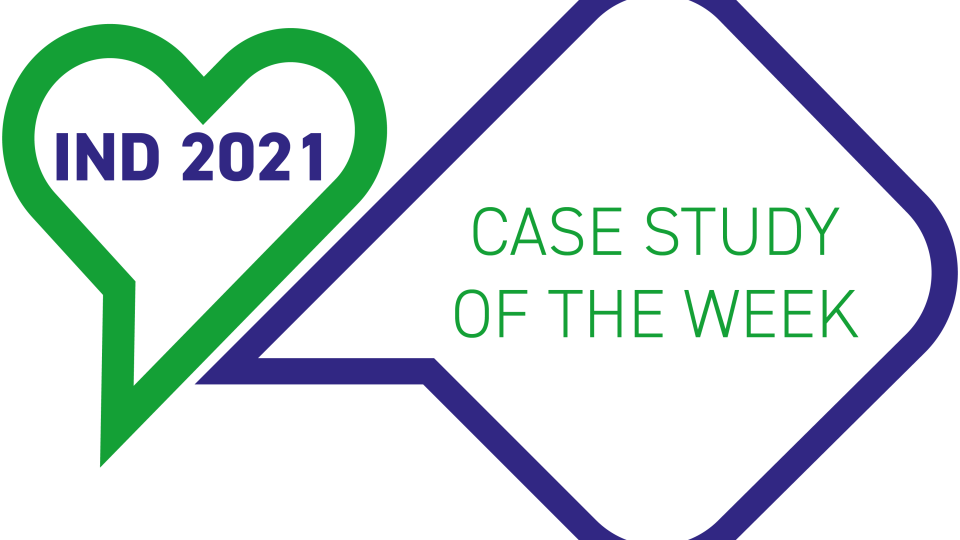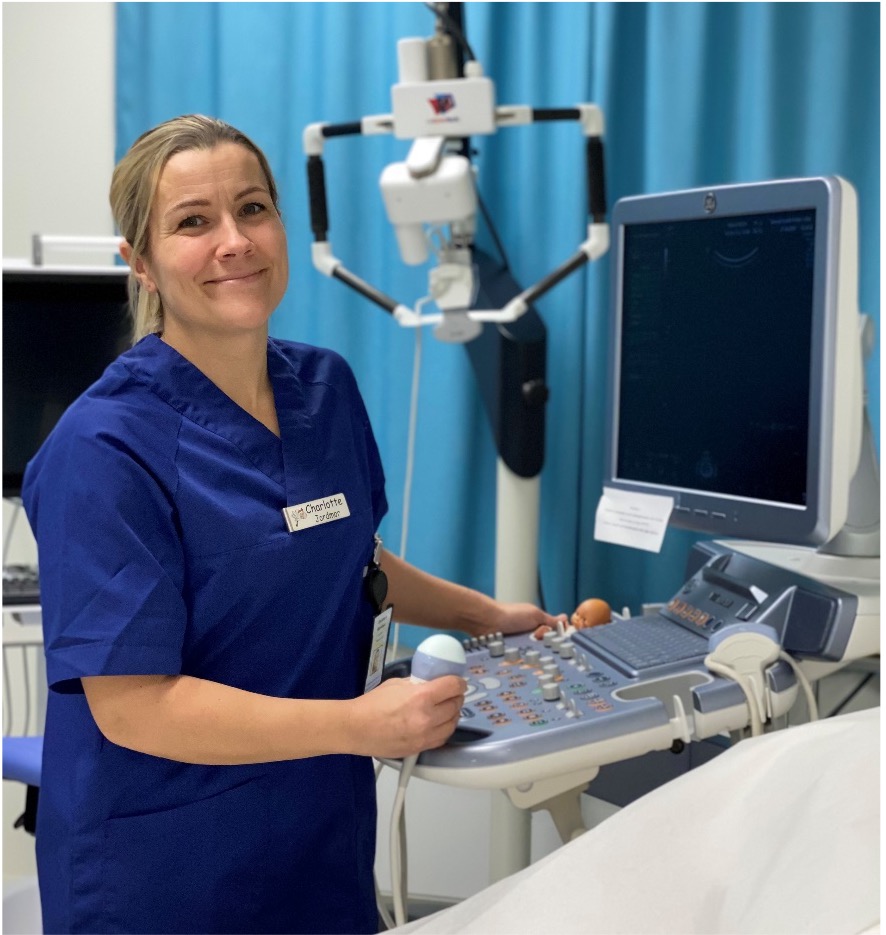Digitalization of the midwifery service under Covid-19, Norway

Contributors: Hanne Charlotte Schjelderup, President, Midwifery Association NSF, and Malin Myklebust, Project Manager, NSF
International Midwives Day is celebrated on 5 May. To mark this day, we bring you a story from Norway about midwives’ ability to innovate and adapt to ensure that women continued to receive the very best care during the COVID-19 pandemic.
In Norway, midwives care for women throughout their pregnancy, during and after the birth, including home check-ups one to three days after returning home and again at six weeks.
Safe follow-up of women who are pregnant or who have just given birth is essential, and it was essential this continued regardless of the pandemic.
While pregnancy tests cannot be replaced by digital follow-up, digital communication can be a supplement – rather than a substitute - to some consultations, ensuring that follow-up is safe and appropriate. Therefore, the Norwegian Nurses Organisation (NSF) contacted the health authorities in March 2020 with proposals for funding to support new digital forms of work.
As a result, digitization of communication between midwife and patient is now being used successfully in a large number of health stations in Norway to carry out digital follow-up of pregnant women and for conversations after the birth. While it can be challenging to provide breastfeeding guidance online, the digital opportunity used by the midwifery service has proved useful for women to receive adequate follow-up. It is also an opportunity for the midwife to be able to observe the mother and child to uncover any problems. In addition, some hospitals have a call service for those women who dread giving birth or have other mental challenges related to pregnancy and birth. Given that many people are working from home during the pandemic, many partners are also able to participate in the consultation with a midwife to a greater extent than before. This can be good for the couple, both emotionally and cognitively, but also for the midwife so that those who need extra support can be identified at an early stage.
In several clinics, infection control considerations means that, unless something acute has occurred, a partner is not allowed to be present in cases when a woman is admitted to an observation post prior to childbirth, due to the child's or mother's health condition. NSF encourages the use of digital aids where physical attendance is not possible, and the women are able to communicate with their partners via cell phone and video call.
When the woman goes into active labour, the partner is allowed to come to the maternity ward. However, in cases where the partner has respiratory symptoms or confirmed positive infection status, the partner must follow the birth digitally via a cell phone.
Following birth, each individual hospital sets its own guidelines as to whether a partner can visit or not. In some places, visits are restricted to 2-3 hours; in others, the partner is allowed to be present from morning to evening; and in others the partner does not have access at all. Digitization also opens up opportunities that make professional development more accessible to midwives. Midwives can attend seminars and courses that were otherwise prohibitive due to distance and cost. NSF has contributed by arranging webinars and digital network gatherings on current topics throughout the pandemic. The association updates social media daily on with news, tips and experience sharing adapted to the country's midwives.
NSF is proud of their midwives who have a great ability to innovate and adapt. During the pandemic, midwives were forced to rethink and plan what could be done digitally. Now that hospitals and health stations have equipped themselves with the necessary digital equipment, opportunities for further development of the digital services will emerge. Digital aids and platforms for consultations and seminars are here to stay, and will simplify some of the midwifery services, especially for those who live in the rural areas. Norway is an elongated country with many settlements and smaller towns. For many pregnant women living in the districts, digitalization means an end to long journeys to reach health care.
Cooperation between the services is crucial. The Midwives' Association demanded a tariff system, the health authorities followed up and the primary and specialist health services got the equipment in place. It is crucial that midwives are present where decisions are made, at all levels of society. The role of the midwife and the ability to innovate and adapt are essential for success.
